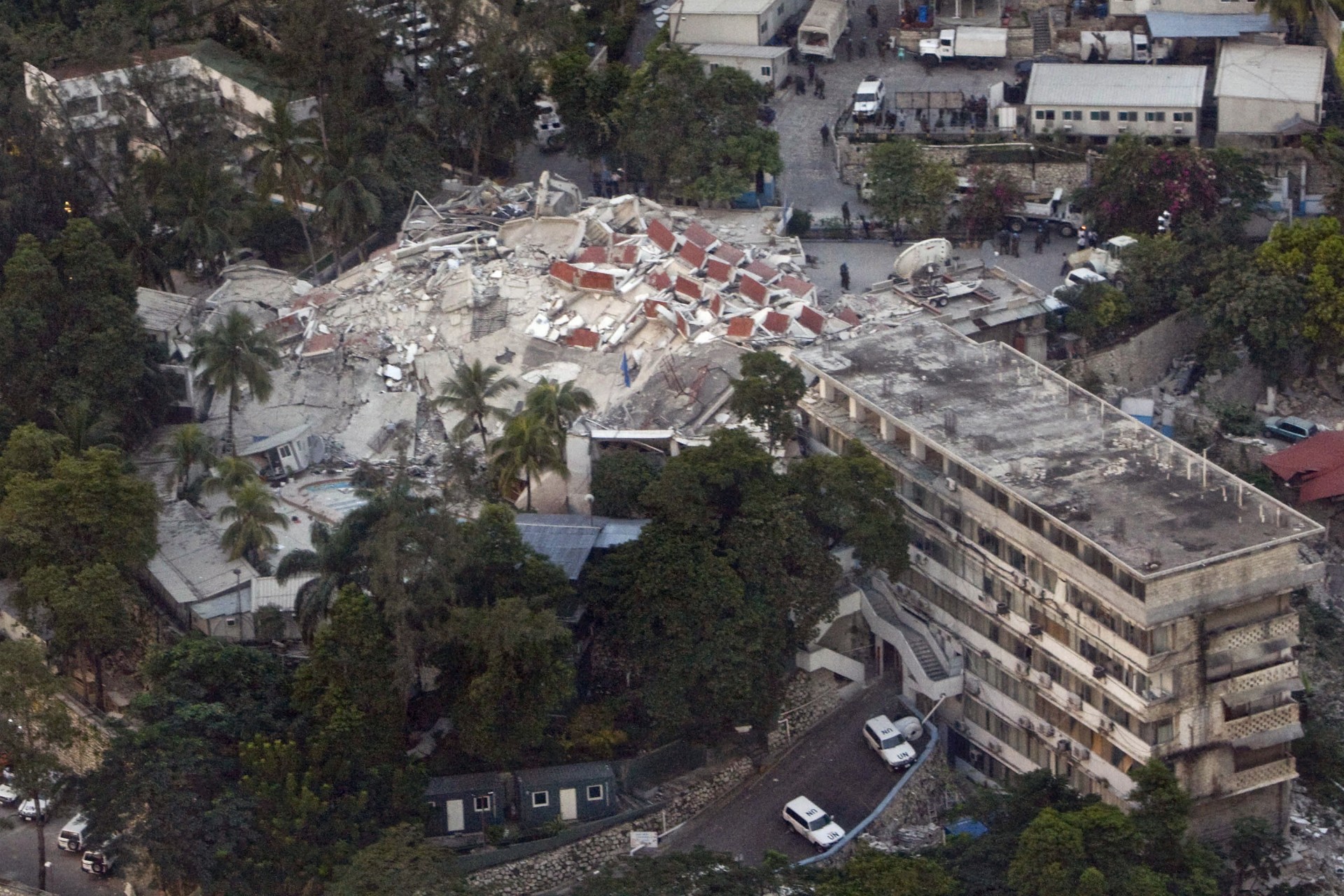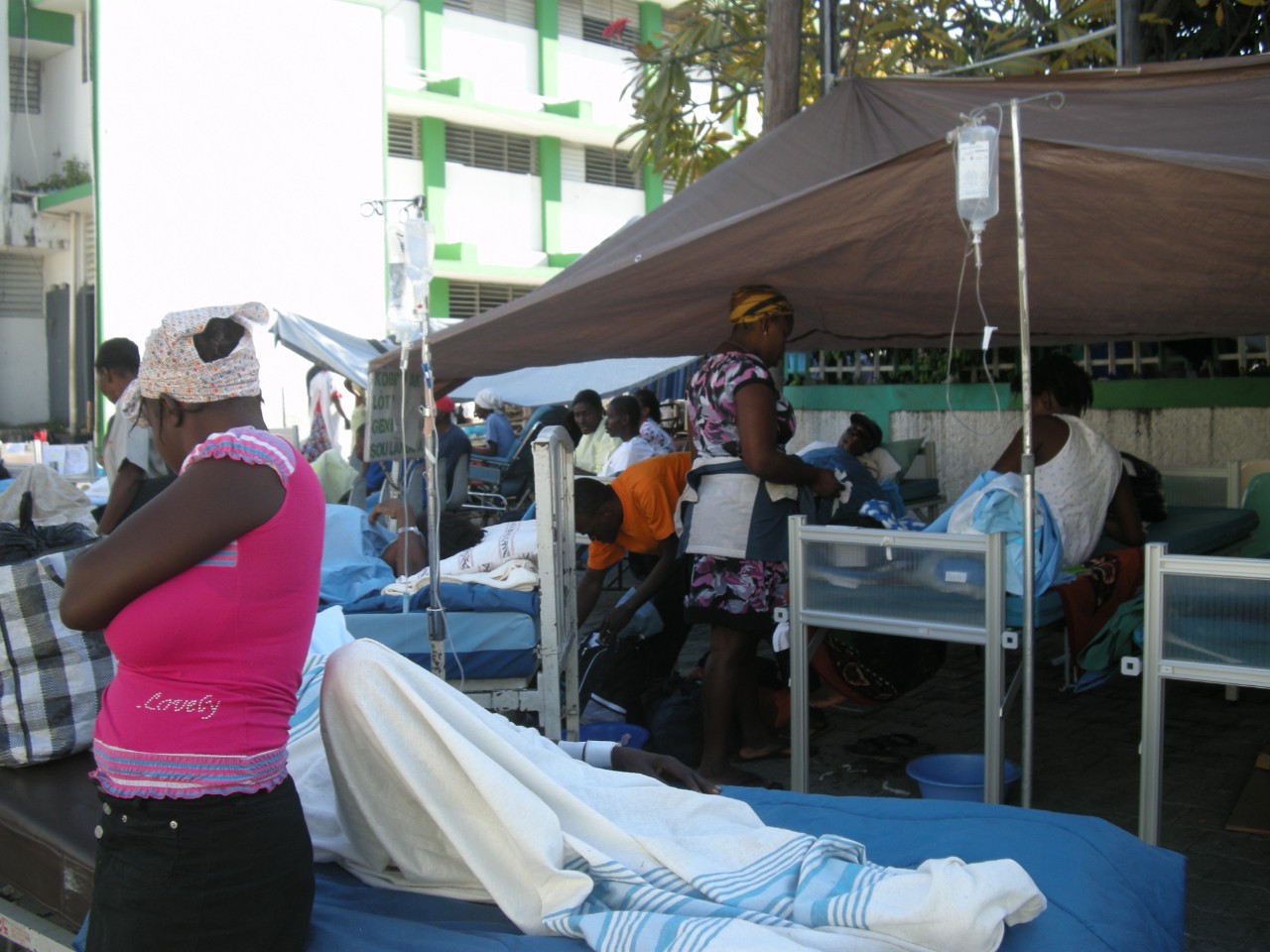It’s no secret that for the past decade Haiti has suffered from multiple natural disasters, corruption, and deepening poverty. Since 2020, it has also struggled exhaustively with the coronavirus pandemic. And as of last month, political instability worsened after the assassination of President Jovenel Moïse.
To top it off, the Caribbean country now has the challenging task of providing healthcare and emergency shelter for hundreds of thousands of Haitians, whilst grappling with rebuilding everything a 7.2-magnitude earthquake has just destroyed. We can help — at the end of this article you’ll find some good organisations providing relief on the ground.

Earthquake in Haiti
On August 14th, a major earthquake struck southern Haiti, leaving at least 2,000 people dead and thousands more injured or missing. Last Tuesday, UNICEF released a statement saying that about 1.2 million people — including 540,000 children — have been affected by the earthquake.
Tens of thousands of homes were destroyed and many more were severely damaged, leaving about 30,000 families homeless. In addition, the earthquake demolished or damaged schools, churches, and at least 24 health facilities in the country; further reducing access to medical attention for the affected population. Hospitals were overwhelmed, and doctors had to improvise by setting up tents in hospital patios to save the lives of thousands of injured.

Days after the earthquake left thousands homeless, the already difficult situation worsened, as Tropical Storm “Grace” took care of destroying people’s makeshift tents and shelters.
The National Hurricane Center (NHC) forecasted up to 30 cm of rain in the areas affected by the quake. As a result, thousands of Haitians left homeless by the earthquake faced the difficult decision whether to endure the storm under flimsy tents or risk returning to the buildings damaged by the earthquake.
“Countless Haitian families who have lost everything due to the earthquake are now living literally with their feet in the water due to the flooding” said Bruno Maes, UNICEF’s Representative in Haiti.
Slowing aid, rising tensions
The storm hampered humanitarian efforts and delayed access to basic services such as water and shelter. The heavy rains obstructed rescue work in the Caribbean country, forcing aid efforts to halt temporarily.
Rescue teams dug through the rubble in a desperate attempt to find survivors, but with the rain turning the land into cloying mud, locating the buried became increasingly difficult. Moreover, transportation and logistics to deliver aid faced two main challenges: landslides and organised criminal gangs along the routes used by humanitarian organisations. Because of this, aid delivery was forced to rely on air and sea transportation, which limits both their frequency and volume.
As the days passed, the Haitians’ frustration turned into anger over the slow-going aid. At the airport of Les Cayes, a multitude of people gathered to protest as an aid flight arrived. Angry crowds also massed at collapsed buildings around the city to demand tarps to create temporary shelters, CNBC reported.
Fortunately, rescue and aid operations resumed Tuesday 17th, after the storm left the island. However, hospitals continue to struggle to operate and many injured Haitians have not yet received the medical attention they need. UNICEF has been working closely with the government and partners to deliver medical kits to different hospitals around the country, but health care facilities are still reporting to lack the supplies and personnel to treat everyone affected by the earthquake and storm.

What can you do to help?
With more than half a million Haitians with limited or no access to shelter, healthcare, clean water, and nutrition, we should lend a helping hand however we can. When natural disasters occur, the most effective way you can assist relief efforts is by making monetary contributions to NGOs providing relief. This aid allows professionals to:
-
Purchase the exact items needed (medical kits, food, medicine, hygiene equipment, etc).
-
Accelerate transportation processes and reduce their costs.
-
Recruit more staff and appropriate assistance.
-
Support the economy of the affected region.
You can be part of the much-needed aid by donating to our Crisis Relief United Action, and supporting organisations such as:
Cordaid
Cordaid provides emergency aid to people affected by disasters with particular attention to the most vulnerable. They address the most pressing needs and then work with the community to rebuild and manage potential future disasters. Cordaid makes use of a large network of local organizations that can quickly provide emergency assistance to people in need.
Help a Child
One of Help a Child’s areas of expertise is disaster response. The focus of Help a Child’s disaster response strategy is on children and youth but they also include the wider family, because they are the nurturing environment for children to grow up and be protected. Their projects revolve around resilient livelihood, emergency education and protection from violence.
Saferworld
SaferWorld conducts research into security and justice-related issues and provides technical advice to national and international actors. They look at crises and threats from the perspectives of people in the affected areas and promote action that is initiated by the communities and addresses the causes of conflict-related crises.
Written by Paulina Silva




